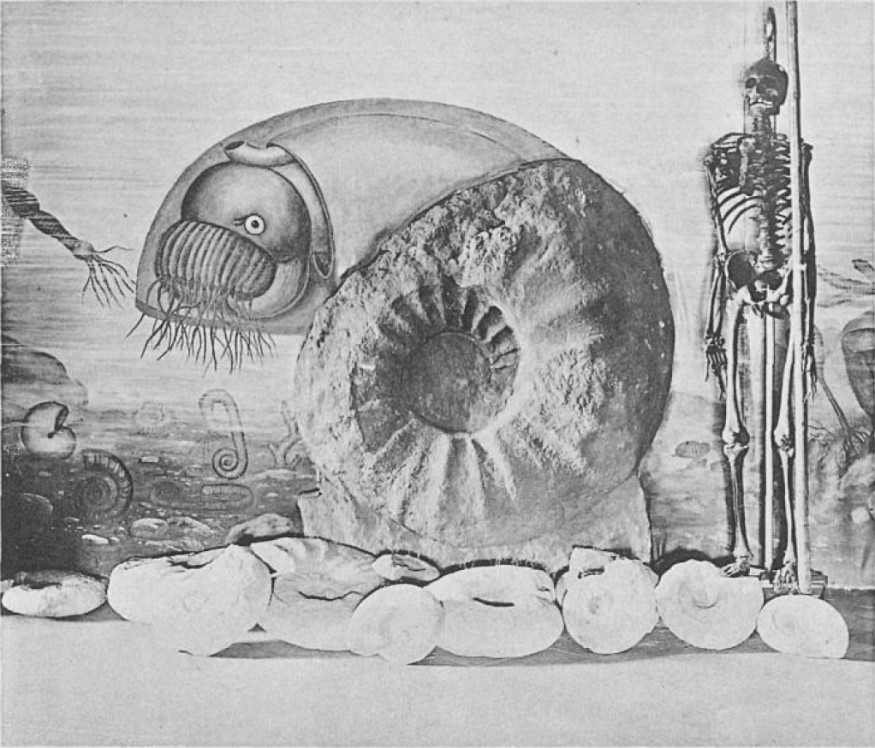Huge species had been proven to exist during the prehistoric periods of our planet. However, some of these gigantic animals are yet to be discovered. In a new study, an ancient creature somehow resembles a tiny animal that still exists in the present day. The unexpected size of this species significantly exceeds its current appearance. The researchers examined the fossil, which is believed to have existed 80 million years ago during the Late Cretaceous period.
Parapuzosia Seppenradensis: Earth's Biggest Mollusk

There are scientific accounts where the small animals we are familiar with had massive size when they or their ancestors first existed millions of years ago. During the Late Cretaceous, there were large dinosaurs that roamed Earth. Along with their existence is the peak of marine mollusks, which is believed to have their population peaked at the same time. In this group, species of ammonites called Parapuzosia seppenradensis were scattered throughout the oceans of the planet. But contrary to ammonites we are familiar with, this species grew to up to 2.5 meters or a staggering 8.2 feet. The discovery of this giant mollusk is unusual, considering that there are no other species on the group known to expand to such size.
To identify why the ammonites grew more than their known scale, researchers examined the sizes and other essential details from the fossilized remains of 154 ammonites. The research was made possible through the collaborative efforts of the experts from the Heidelberg University of Germany and other colleagues. Based on the findings, the experts concluded that the specified mollusks had a gigantic size to adapt to survivability and defend themselves from one of the Late Cretaceous' marine predators called the mosasaur.
Prehistoric Ammonites and the Concept of Evolutionary Pressure
The biological and evolutionary adaptability of the prehistoric species is somehow complex but provides ideas to how the biodiversity complemented one another. According to a Science Alert report, Evolutionary pressure is a phenomenon in which the common stress of a collective population of species impacts their reproductive aspects. In the case of the ammonites, the traits linked to survivability and defense were passed down to their offspring, giving the successors a larger size that could answer to the aggression of the mosasaur. One of the well-known examples of evolutionary pressure is the antibiotic resistance of microbes.
The predation exhibited by mesosaurs toward the ammonites is the perfect trigger of evolutionary pressure. But alongside the most common cause, many other factors could drive the aspect. Natural phenomena such as climate and the availability of sustenance could play a part in pushing any species to evolutionary pressure.
The giant ammonite was challenging to study, considering that many of the Parapuzosia genera had few records available. To overcome this difficulty, the authors compared the Parapuzosia seppenradensis and the most common Parapuzosia leptophylla with other fossil records of ammonites collected from England and Mexico. The study was published in the journal PLOS ONE, titled "Ontogeny, evolution and palaeogeographic distribution of the world's largest ammonite Parapuzosia (P.) seppenradensis (Landois, 1895)."
RELATED ARTICLE : Dinosaur Fossil in Australia First Thought as Giant Carnivore Confirmed Today as Herbivore
Check out more news and information on Paleontology in Science Times.










